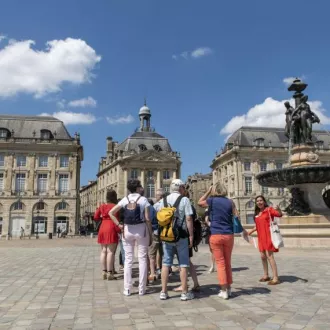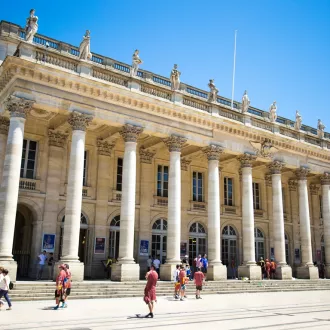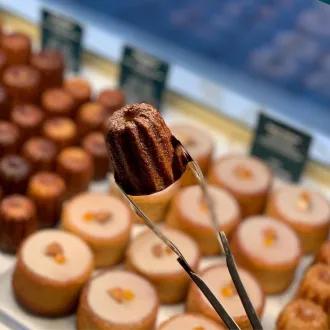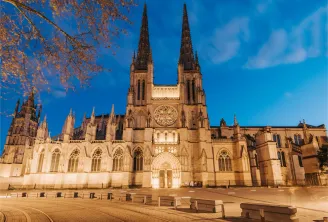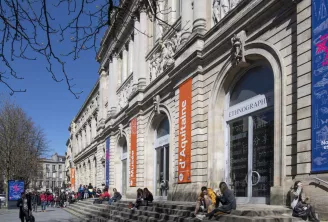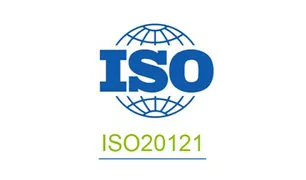Take a guided tour and discover the history of Bordeaux, from Antiquity to modern times, and dive behind the scenes of the Gironde capital's most beautiful monuments.
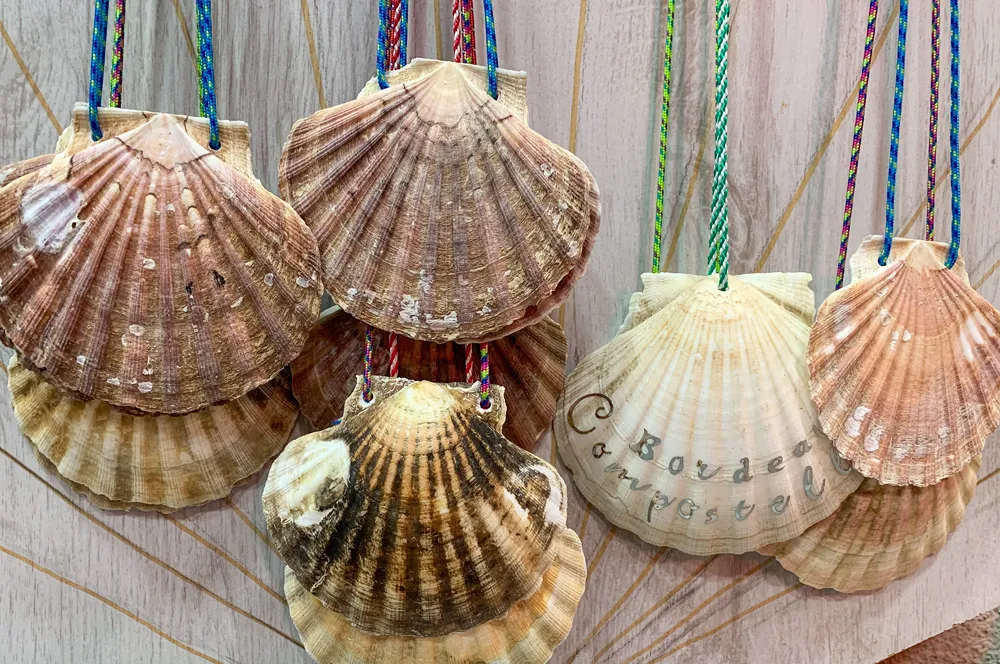
Bordeaux, a stage on the road to Santiago de Compostela
Walking through the historic heart of Bordeaux, have you noticed the bronze scallop shells that adorn the ground? As you follow these cobblestones, you'll discover three UNESCO World Heritage Jacobean churches: the Cathedral of Saint-André, the Basilica of Saint-Seurin and the Basilica of Saint-Michel. These monuments make Bordeaux a must-see stop on the way to Tours. Whether you're a pilgrim on your way to Santiago de Compostela or just a curious visitor, immerse yourself in the fascinating history of pilgrimage and discover how pilgrims are welcomed in Bordeaux today.
The pilgrimage to Bordeaux, a little history
The pilgrimage to Santiago de Compostela dates back to 813, after the supposed discovery of the tomb of the apostle Santiago. Since then, thousands of pilgrims, motivated by both religious and secular reasons, have made their way to Galicia every year. The scallop shell, picked up on Spanish shores, has become their emblematic symbol. In the Middle Ages, Bordeaux occupied a central position on pilgrimage routes, notably to Santiago de Compostela. The city was located on the Via Turonensis, one of the main routes taken by pilgrims coming from northern Europe to reach Spain.
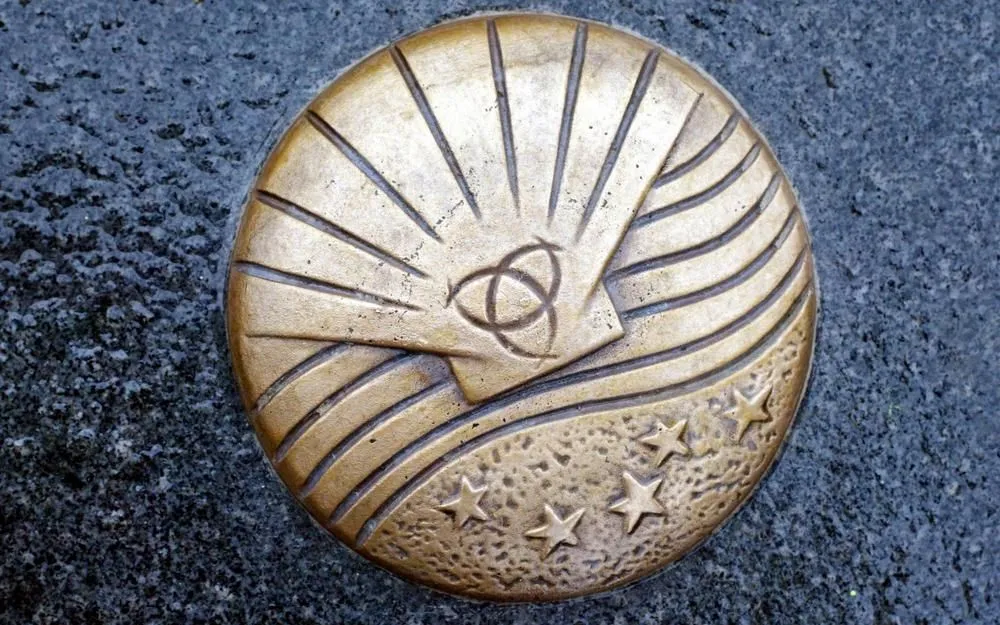
The Tours route, in the footsteps of Charlemagne
The Via de Tours (Via Turonensis) is a historic route of over 1,000 km linking Paris to Saint-Jean-Pied-de-Port via Poitiers and Bordeaux. Listed as a UNESCO World Heritage Site since 1998, it is now developed as a sentier de Grande Randonnée (GR®655). Renowned for its Romanesque monuments, gentle gradient and ease of access for walkers and cyclists, it is a popular itinerary
. After Paris, the path splits into two routes passing through Chartres or Orléans before converging at Tours. In Gironde, it follows an ancient Roman road for around 160 km (allow 7 to 10 days on foot), passing through picturesque villages, the vineyards of the Blayais and the forests of the Landes. Legend has it that Charlemagne himself took this route.
Find out more about the Tours route
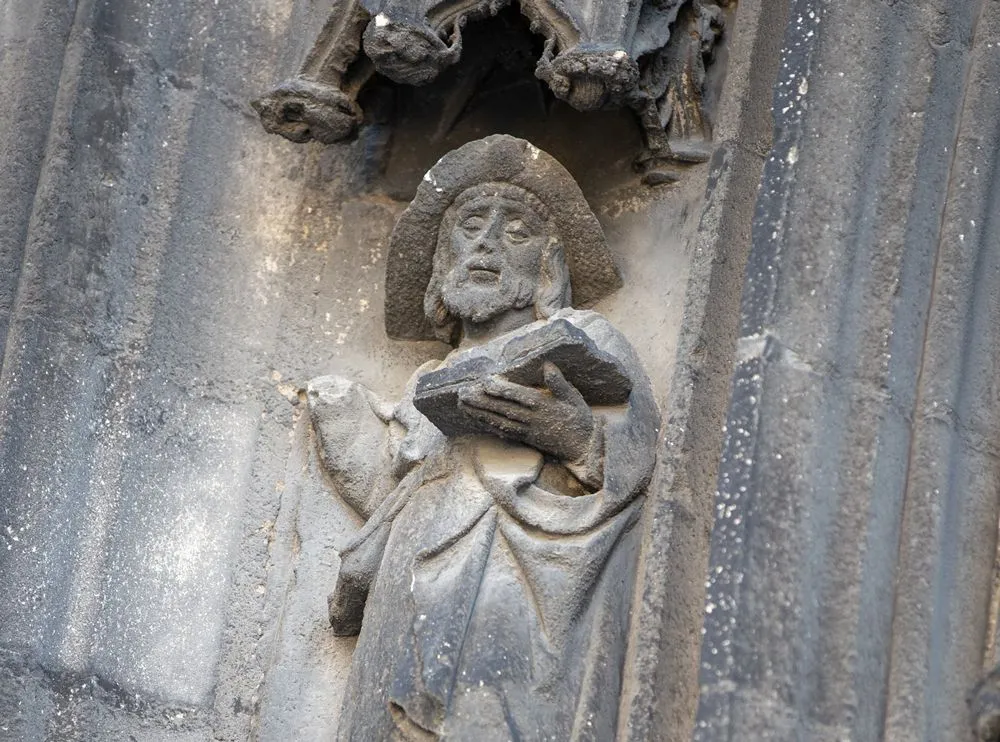
Bordeaux's three Jacobean churches
As a port city, Bordeaux welcomed not only pilgrims coming by land, but also those arriving by boat from England, Brittany and Normandy. Three Bordeaux monuments, emblematic of different periods in the history of the journey to Compostela, are inscribed on UNESCO's World Heritage List as a serial cultural property Chemins de Saint-Jacques de Compostelle en France.
- Basilique Saint-Seurin: A place of worship since antiquity, it is associated with an ancient necropolis and mentioned in the Codex Calixtinus (12th century) as a major stopover thanks to its relics.
- Cathédrale Saint-André : From the 12th century onwards, it became an important stopping-off point for pilgrims, reinforcing its spiritual and institutional role.
- Basilique Saint-Michel : Representative of the modern era, it retains a lively link with pilgrimage thanks to its chapel dedicated to Saint-Jacques and the eponymous brotherhood.
These buildings are major symbols for travellers on the Camino de Compostela.
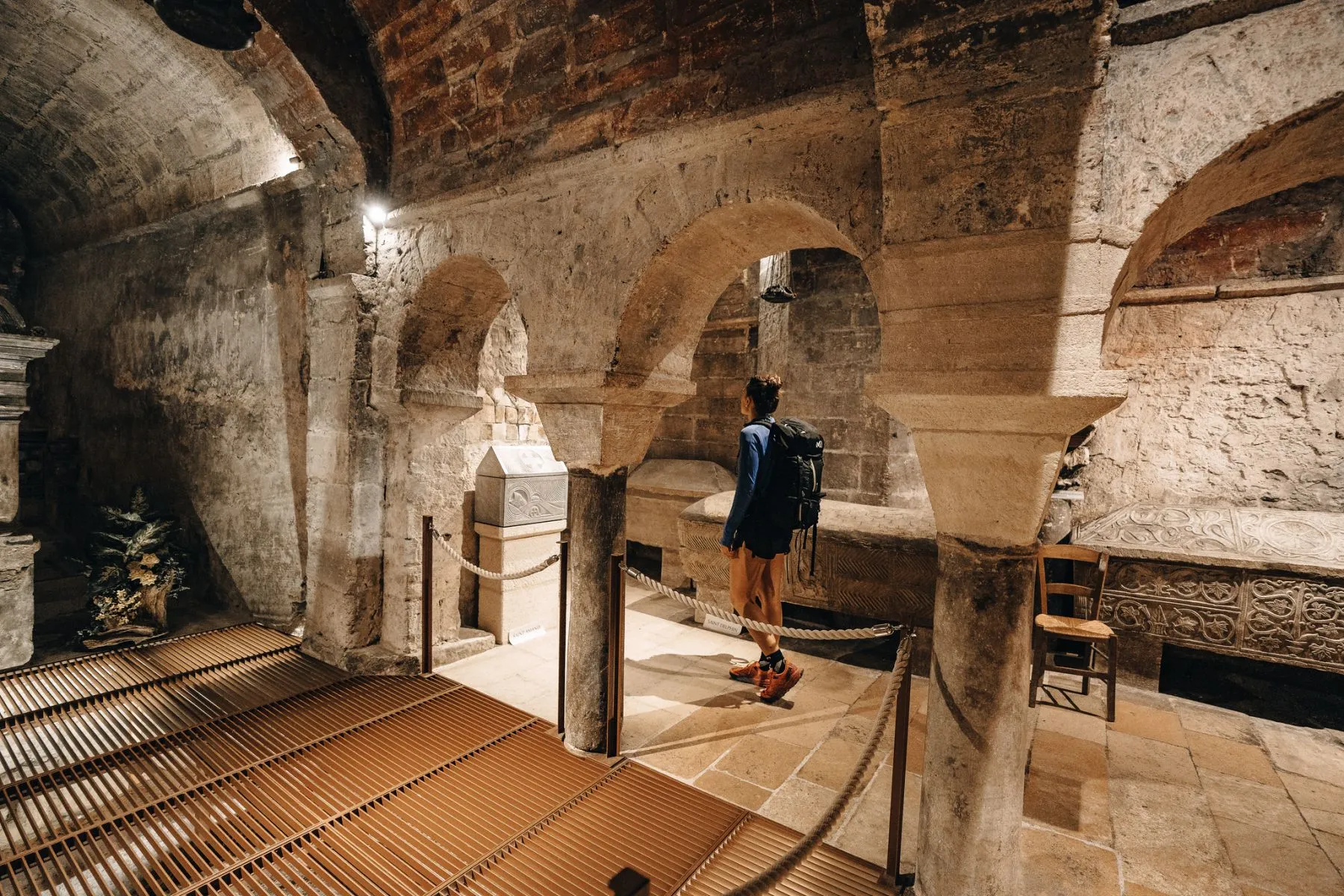
The Porte Cailhau, another of Bordeaux's iconic monuments, played a crucial role for pilgrims in the Middle Ages. Located between the mouths of the Peugue and Devèze rivers, it was the main entrance to the city from the port, welcoming travelers arriving by land or river. For pilgrims, often on their way to Santiago de Compostela or other holy sites, it was an important architectural landmark.
In addition to its defensive function, the Porte Cailhau provided direct access to the Palais de l'Ombrière, former seat of the Bordeaux Parliament and residence of the Dukes of Guyenne. This central location for religious and administrative affairs reinforced the importance of this gateway for pilgrims seeking services or information. Even today, the Porte Cailhau bears witness to the commercial and spiritual exchanges that shaped Bordeaux in the Middle Ages. Its original museography allows visitors to relive medieval history through immersive, interactive narratives, including the testimony of a pilgrim recalling his passage through this historic gate.
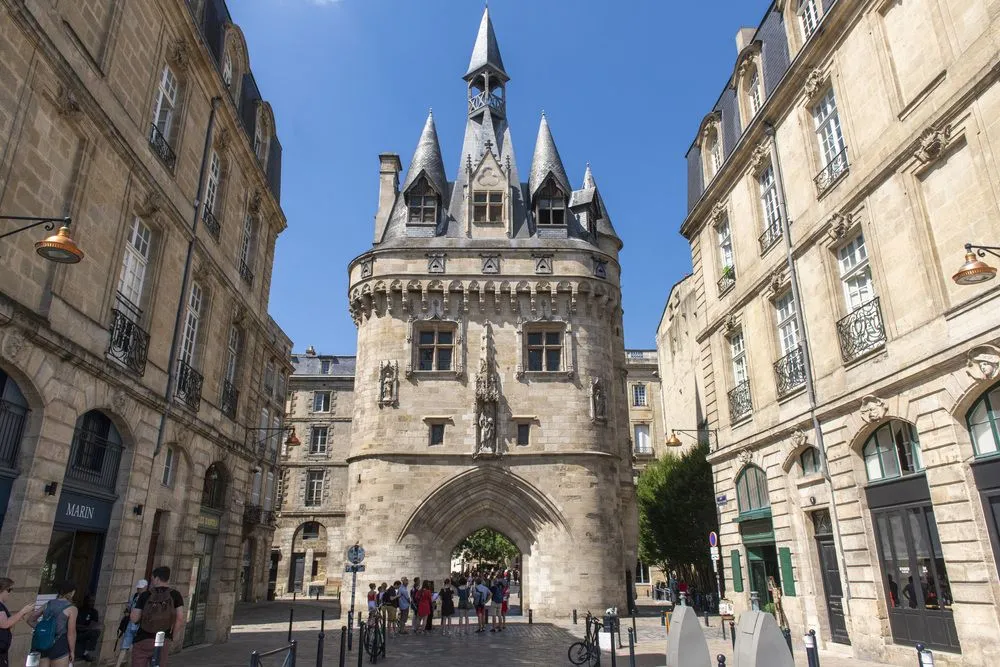
Welcome pilgrims to Bordeaux today
La Maison du Pèlerin, located rue des Argentiers in the historic Saint-Pierre district, is open from March to October. It welcomes pilgrims with a credencial (pilgrim's passport) and offers:
- Comfortable accommodation (€18 per night with optional breakfast for €4),
- A fully equipped kitchen,
- Spaces to wash and dry clothes,
- Wi-Fi connection.
Volunteers from the Bordeaux Compostelle Hospitalité Saint-Jacques association deliver credencials, share advice on preparing for the trail and organize exchanges between pilgrims. Since 2025, a local certificate called "La Burdigala" has been awarded to travelers who have covered the Blaye-Bordeaux section. This diploma enhances the value of this Gironde stage, rich in Jacobean heritage.
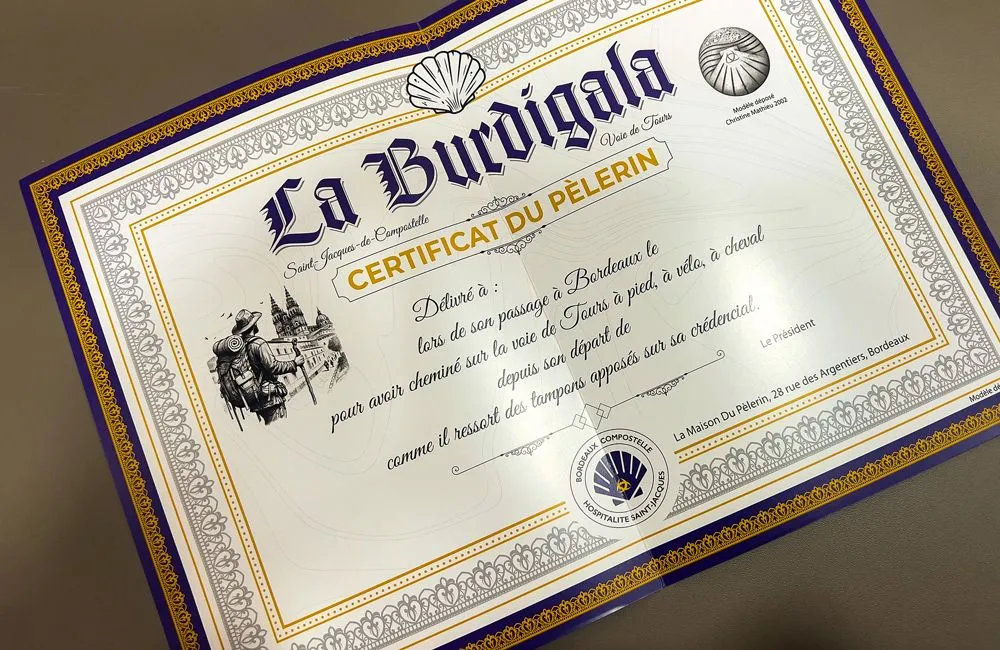
At the gates of Bordeaux, another gîte, that of Cayac in Gradignan, welcomes pilgrims from March 17 to October 31, 2025, every day from 3 pm to 7 pm. Hospitaliers from the Association des Amis de Saint-Jacques de Compostelle de Gradignan will help you prepare for your trip.
Whether you're on a spiritual quest or simply a history buff, Bordeaux remains an essential stopover on the road to Compostela.
Our guides reveal the treasures of Bordeaux


